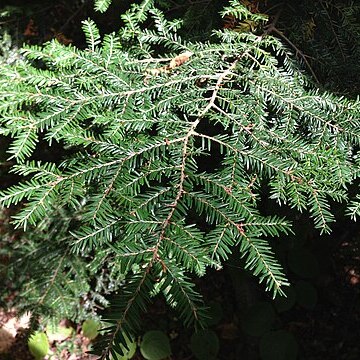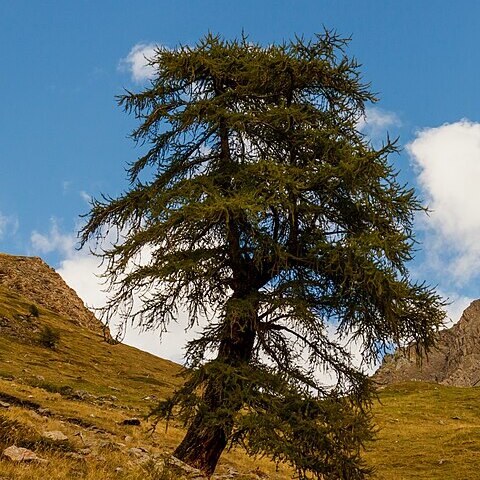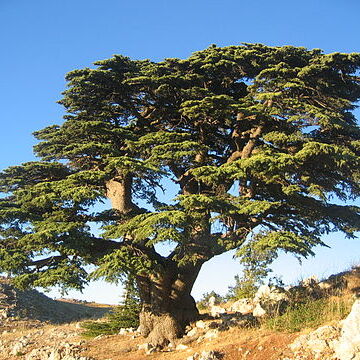Trees or rarely shrubs, evergreen or deciduous, monoecious. Branchlets often dimorphic: long branchlets with clearly spirally arranged, sometimes scalelike leaves; short branchlets often reduced to slow growing lateral spurs bearing dense clusters of leaves at apex. Leaves solitary or in bundles of (1 or)2-5(-8) when basally subtended by a leaf sheath; leaf blade linear or needlelike, not decurrent. Cones unisexual. Pollen cones solitary or clustered, with numerous spirally arranged microsporophylls; microsporophyll with 2 microsporangia; pollen usually 2-saccate (nonsaccate in Cedrus, Larix, Pseudotsuga, and most species of Tsuga). Seed cones erect or pendulous, maturing in 1st, 2nd, or occasionally 3rd year, dehiscent or occasionally indehiscent, with many spirally arranged ovulate scales and bracts; ovulate scales usually smaller than bracts at pollination, with 2 upright ovules adaxially, free or only basally adnate with bracts, maturing into seed scales. Seed scales appressed, woody or leathery, variable in shape and size, with 2 seeds adaxially, persistent or deciduous after cone maturity. Bracts free or adnate basally with seed scales, well developed or rudimentary, exserted or included. Seeds terminally winged (except in some species of Pinus). Cotyledons 2-18. Germination hypogeal or epigeal. 2n = 24* (almost always).
Monoecious highly resinous trees or shrubs, usually with regularly whorled branching. Leaves deciduous or evergreen, linear, acicular or dimorphic (bract-like and acicular), on specialised short shoots; shoots usually with terminal, often resinous, scaly resting buds. Male cones lateral, comprising numerous spirally arranged fertile scales; each scale with 2 abaxial microsporangia; pollen winged, with 2 air sacs (except in Larix Mill. and Pseudotsuga Carrière). Female cones terminal on specialised lateral shoots, comprising numerous spirally arranged imbricate woody or dry fertile scales; each scale with a free bract and 2 inverted adaxial ovules. Seeds mostly with a single terminal wing. Germination phanerocotular. Cotyledons 3-18.



